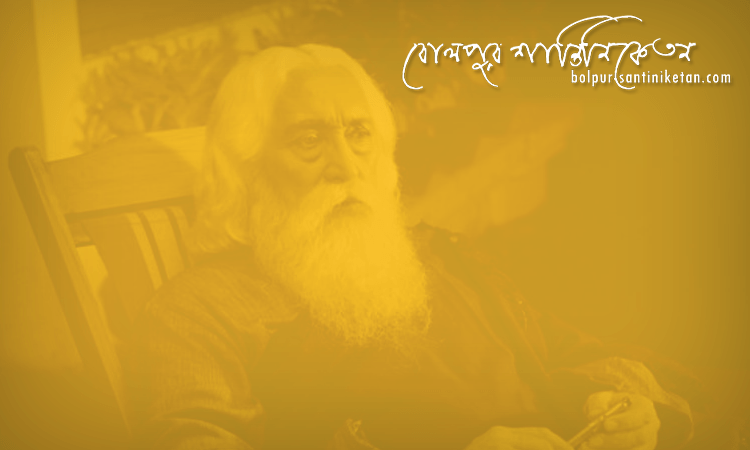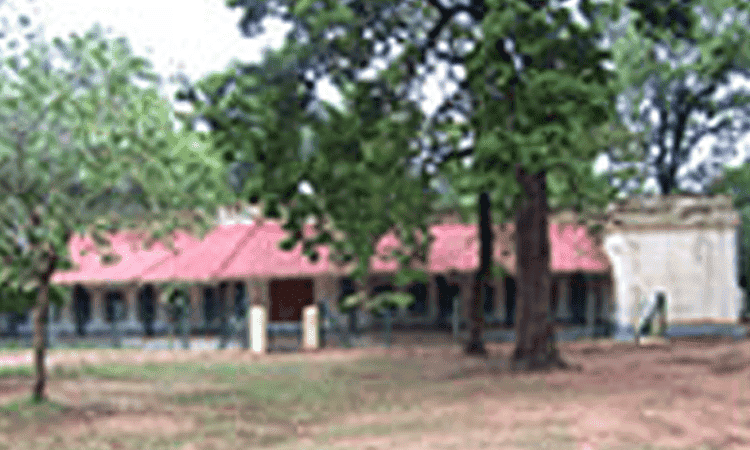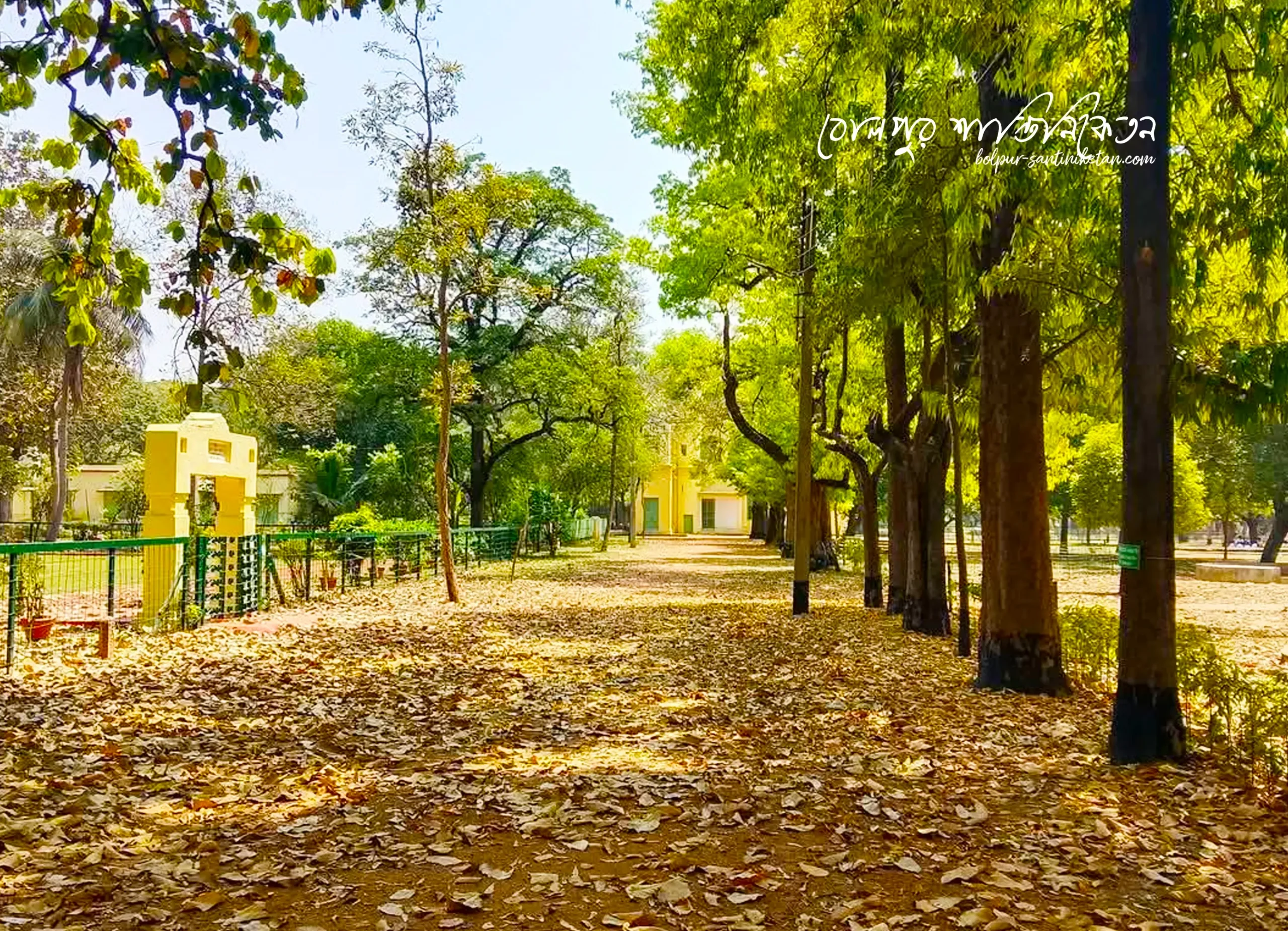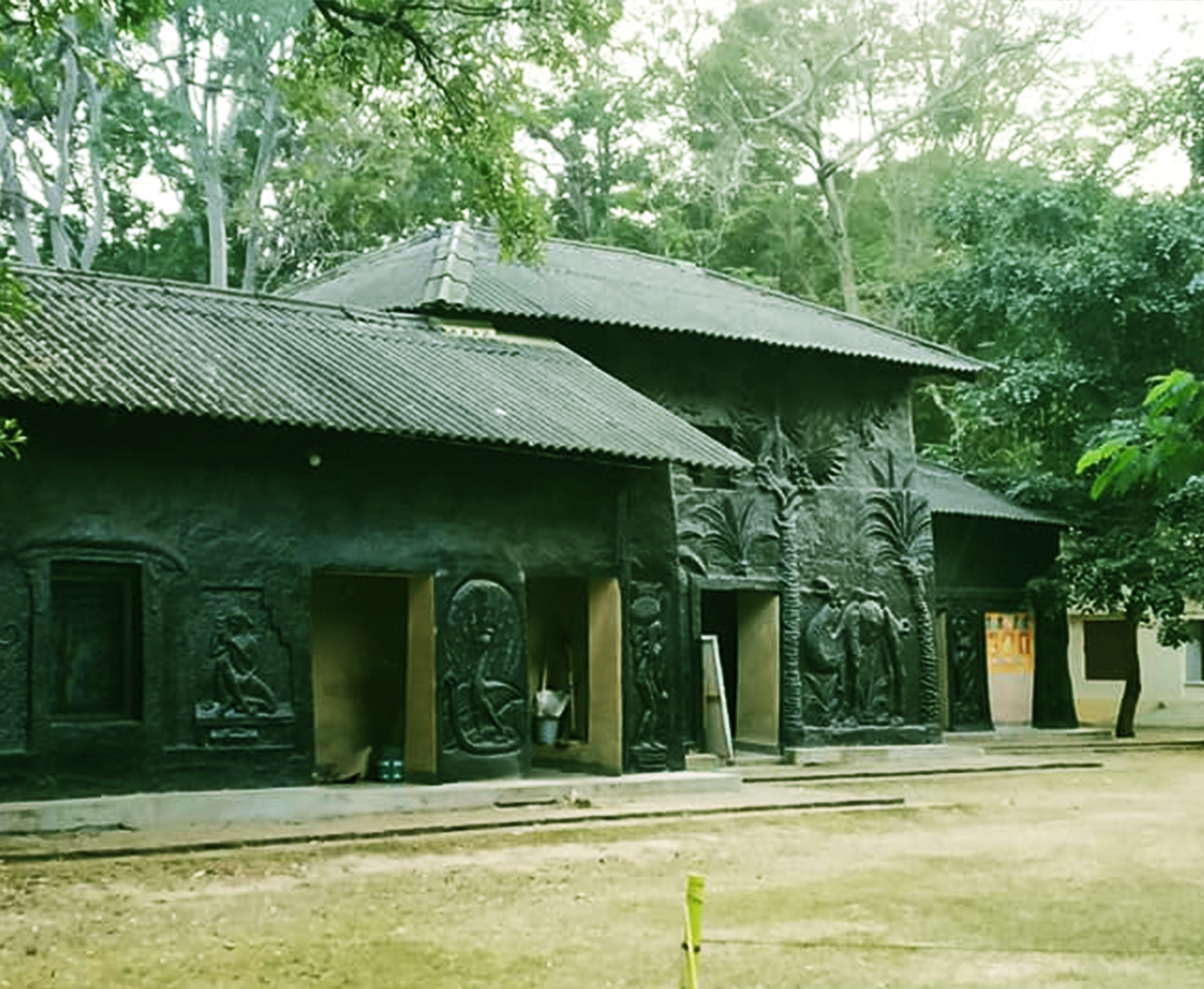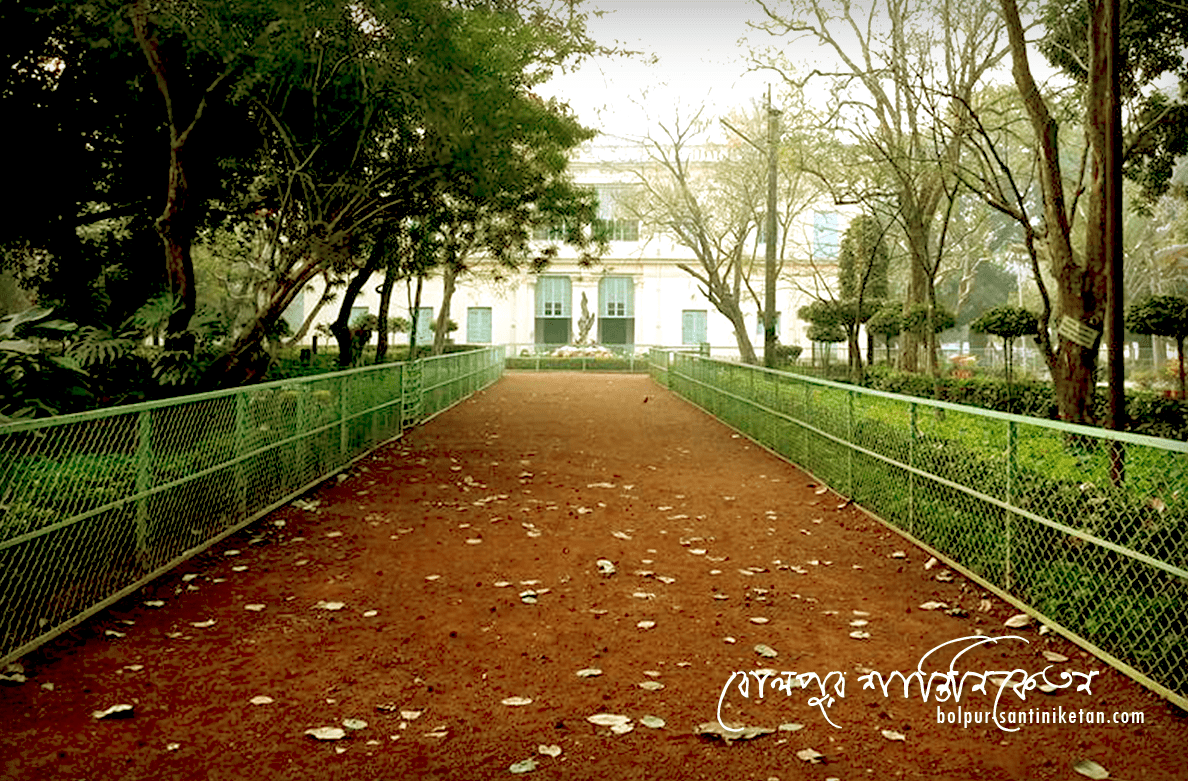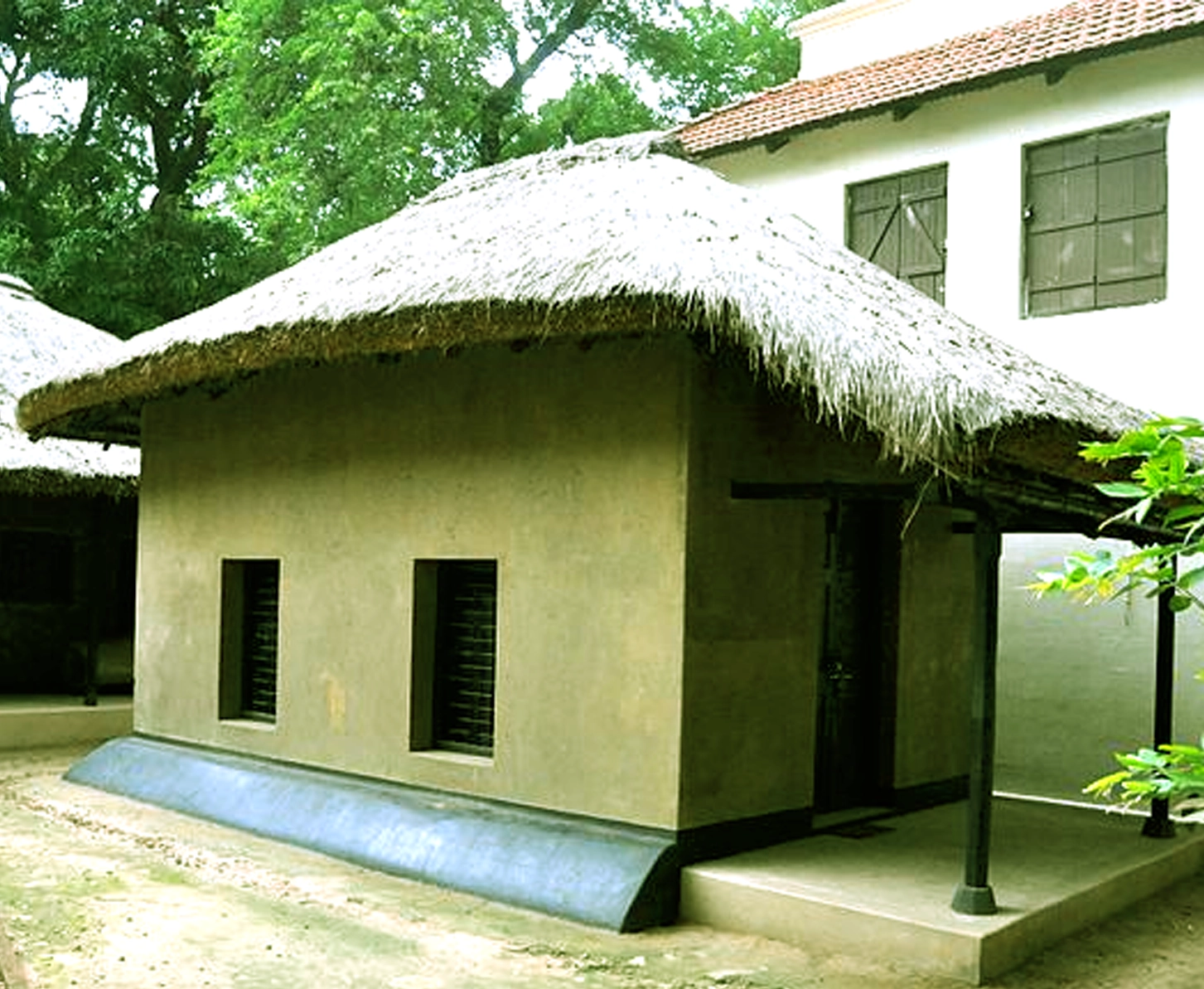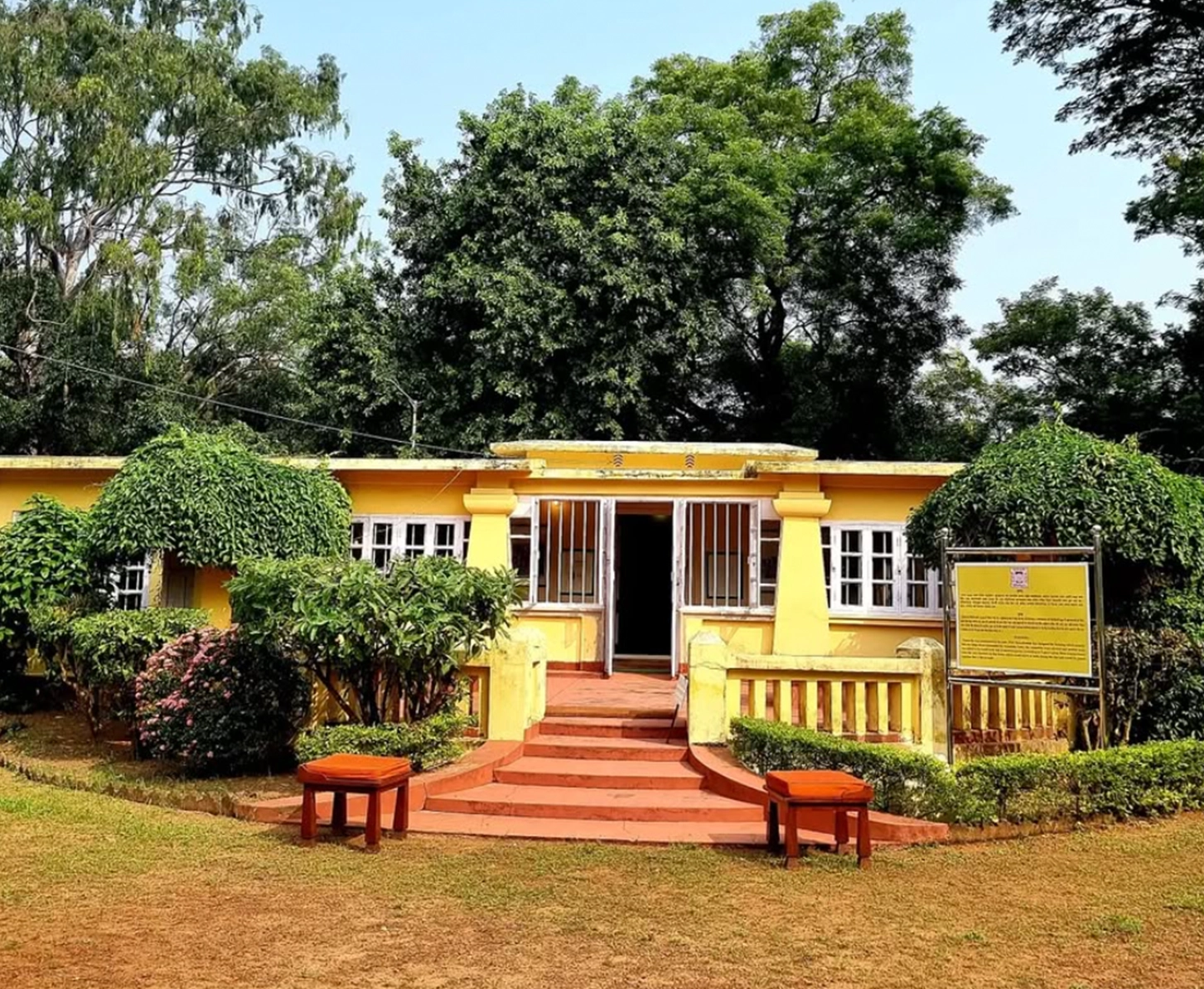Santiniketan, nestled in the Birbhum district of West Bengal, India, is a unique cultural and educational hub, deeply rooted in the vision of the Tagore family. Originally known as Bhubandanga, named after a local dacoit Bhuban Dakat, the area was transformed into a center of learning and spiritual reform by the Tagores, who acquired the land in the 19th century. Santiniketan’s evolution from a quiet village to a global symbol of art, education, and Vedic philosophy reflects its profound historical and cultural significance.
Historical Foundations: The Tagore Legacy
The story of Santiniketan begins with Maharshi Debendranath Tagore, the father of Nobel laureate Rabindranath Tagore. In 1863, Debendranath, captivated by the serene landscape and the spiritual aura of the area, established an ashram under a Chhatim tree, now revered as Chhatimtala. A scholar of Sanskrit, Arabic, Persian, and Western philosophies, Debendranath was disillusioned with the ritualistic practices of contemporary Hinduism. Inspired by the Vedic concept of a formless divine, or Nirakar Brahma, he founded the Brahmo Samaj in 1843, a reformist movement that rejected idol worship, caste distinctions, animal sacrifices, and violence. The Brahmo Samaj advocated a return to the simplicity and egalitarianism of Vedic life, attracting educated Bengalis who shared his vision.
Debendranath’s ashram at Santiniketan became a spiritual retreat where he and his followers meditated and prayed. The Chhatimtala site remains a sacred spot, symbolizing the inception of Santiniketan’s spiritual and intellectual journey. His son, Rabindranath Tagore, inherited this vision and expanded it into a broader educational and cultural mission.
Rabindranath Tagore and the Birth of a Visionary Institution
In 1901, Rabindranath Tagore, a polymath and one of India’s greatest cultural icons, founded a Brahmacharya Ashram at Santiniketan, initially a school rooted in Vedic principles. This institution, later named Patha Bhavan, was based on Tagore’s belief that education should be holistic, integrated with nature, and free from rote learning. He envisioned a learning environment where students could engage with art, music, literature, and the natural world, fostering creativity and critical thinking.
Tagore’s global recognition following his 1913 Nobel Prize in Literature for Gitanjali brought international attention to Santiniketan. The prize money and his growing influence enabled him to expand the school into Visva-Bharati University in 1921. Tagore conceived Visva-Bharati as a meeting place of global cultures, where the East and West could converge to exchange ideas. The university’s motto, Yatra Visvam Bhavatyekanidam (“Where the world meets in one nest”), encapsulates this universalist ethos.
Visva-Bharati: A Global Cultural and Educational Hub
Visva-Bharati University grew into a multidisciplinary institution, attracting scholars, artists, and thinkers from around the world. Its colleges and institutes reflect Tagore’s vision of integrating diverse fields of knowledge:
-
Kala Bhavana (Institute of Fine Arts): Established in 1919 under the guidance of Nandalal Bose, a pioneer of modern Indian art, Kala Bhavana is renowned globally for its innovative approach to art education. It emphasizes traditional Indian techniques alongside contemporary practices, producing luminaries like Benode Behari Mukherjee and Ramkinkar Baij.
-
Sangit Bhavana (Institute of Dance, Drama, and Music): This institute preserves and promotes India’s rich performing arts heritage, offering training in Rabindra Sangeet (Tagore’s musical compositions), classical dance, and theater.
-
Vidya Bhavana (Institute of Humanities) and Shiksha Bhavana (Institute of Science): These institutes provide rigorous academic programs, blending Indian and Western intellectual traditions.
-
Palli-Samgathana Vibhaga (Institute of Rural Reconstruction) and Palli Shiksha Bhavana (Institute of Agricultural Sciences): Inspired by Tagore’s commitment to rural development, these institutes focus on sustainable agriculture, rural crafts, and community empowerment.
-
Rabindra Bhavana: A museum and research center dedicated to Tagore’s life and works, housing his manuscripts, letters, and personal artifacts.
Other specialized centers include the Nippon Bhavana (focused on Indo-Japanese cultural exchange), the Indira Gandhi Centre for National Integration, and the Centre for Environmental Studies, reflecting Santiniketan’s commitment to global and contemporary issues.
The university’s schools, such as Patha Bhavan, Shiksha Satra (for primary and secondary education), and Uttar-Shiksha Sadana (for higher secondary education), continue Tagore’s nature-centric pedagogy. Kindergarten schools like Mrinalini Ananda Pathsala and Santosh Pathsala nurture young minds in a creative environment.
Visva-Bharati has produced illustrious alumni, including former Prime Minister Indira Gandhi, filmmaker Satyajit Ray, and Nobel laureate economist Amartya Sen, cementing its reputation as a cradle of intellectual and artistic excellence.
Cultural and Environmental Significance
Santiniketan’s cultural identity is inseparable from its natural surroundings. The region’s distinctive laterite soil, known as Khoai, forms a dramatic landscape of undulating red earth, particularly striking during the monsoon when streams carve intricate patterns through it. Rabindranath Tagore himself coined the term Khoai, immortalizing the area’s rugged beauty in his writings and paintings. The Khoai region, along with the Kopai River, remains a popular destination for visitors seeking to experience Santiniketan’s poetic landscape.
The campus itself is a living museum of art and architecture. Sculptures by Ramkinkar Baij, murals by Nandalal Bose, and Tagore’s own sketches adorn the premises. Festivals like Poush Mela (a winter fair celebrating Bengali culture) and Basanta Utsav (inspired by Holi, celebrating spring) draw thousands, showcasing Santiniketan’s vibrant traditions of music, dance, and handicrafts.
Historical Context: Santiniketan in India’s Freedom Movement
Santiniketan was not merely an academic or cultural center; it played a significant role in India’s nationalist movement. Tagore, while critical of certain aspects of nationalism, used Santiniketan as a platform to promote self-reliance and cultural pride. His experiments in rural reconstruction, such as the establishment of Sriniketan (a sister institution focused on rural development) in 1922, aimed to empower local communities through education, cooperative farming, and cottage industries. These initiatives aligned with Mahatma Gandhi’s vision of Swaraj (self-rule) and influenced India’s broader struggle for independence.
Santiniketan Today: A UNESCO World Heritage Site
In 2023, Santiniketan was designated a UNESCO World Heritage Site, recognizing its universal cultural value and Tagore’s pioneering contributions to education and art. The honor underscores Santiniketan’s role as a global symbol of intellectual freedom, cultural synthesis, and environmental harmony.
Today, Santiniketan remains a pilgrimage site for those inspired by Tagore’s legacy. Visitors can explore historical landmarks like the Uttarayan Complex (Tagore’s residence), the Amar Kutir (a cooperative for rural artisans), and the Visva-Bharati Museum. The town’s serene ambiance, coupled with its rich heritage, continues to inspire scholars, artists, and travelers alike.
Conclusion
Santiniketan is more than a place; it is a living testament to the Tagore family’s vision of a world united by knowledge, art, and spirituality. From its spiritual origins under the Chhatim tree to its global stature as a UNESCO World Heritage Site, Santiniketan embodies a unique blend of tradition and innovation. Its institutions, landscapes, and festivals invite exploration, offering a glimpse into a philosophy that remains as relevant today as it was over a century ago.

